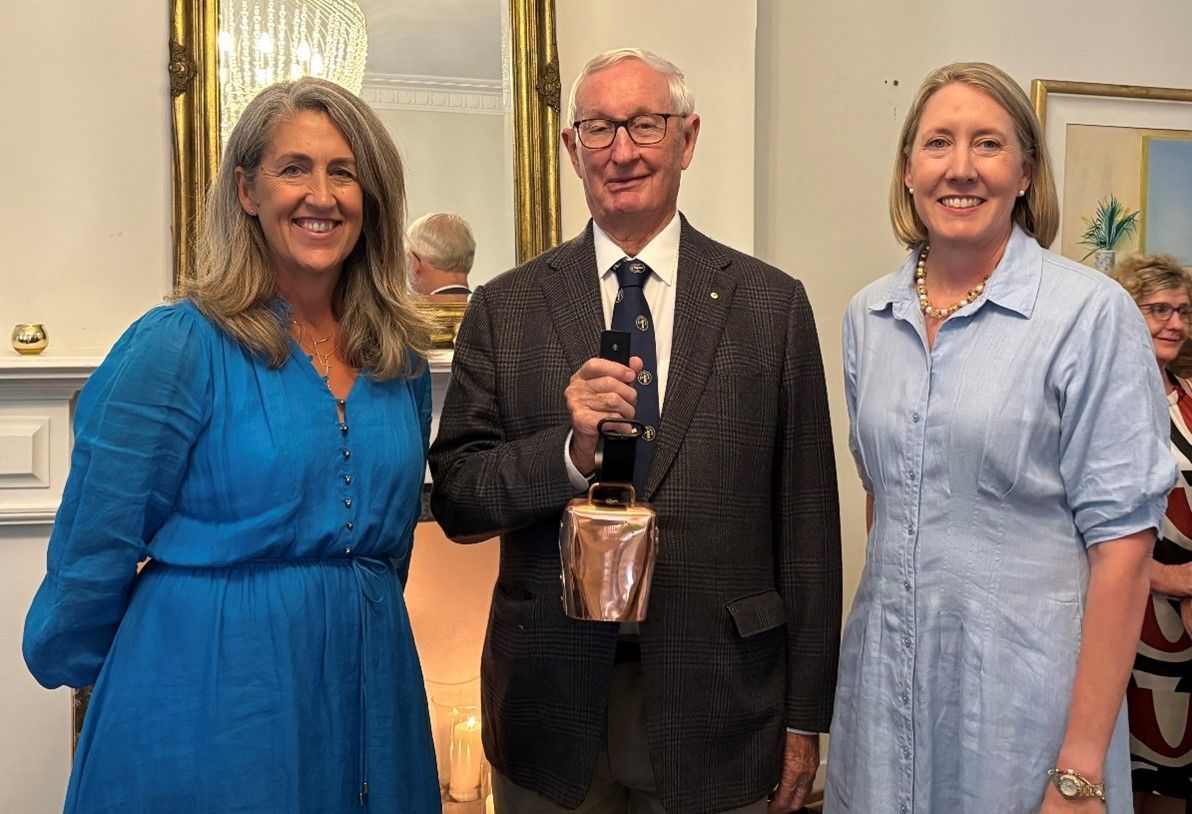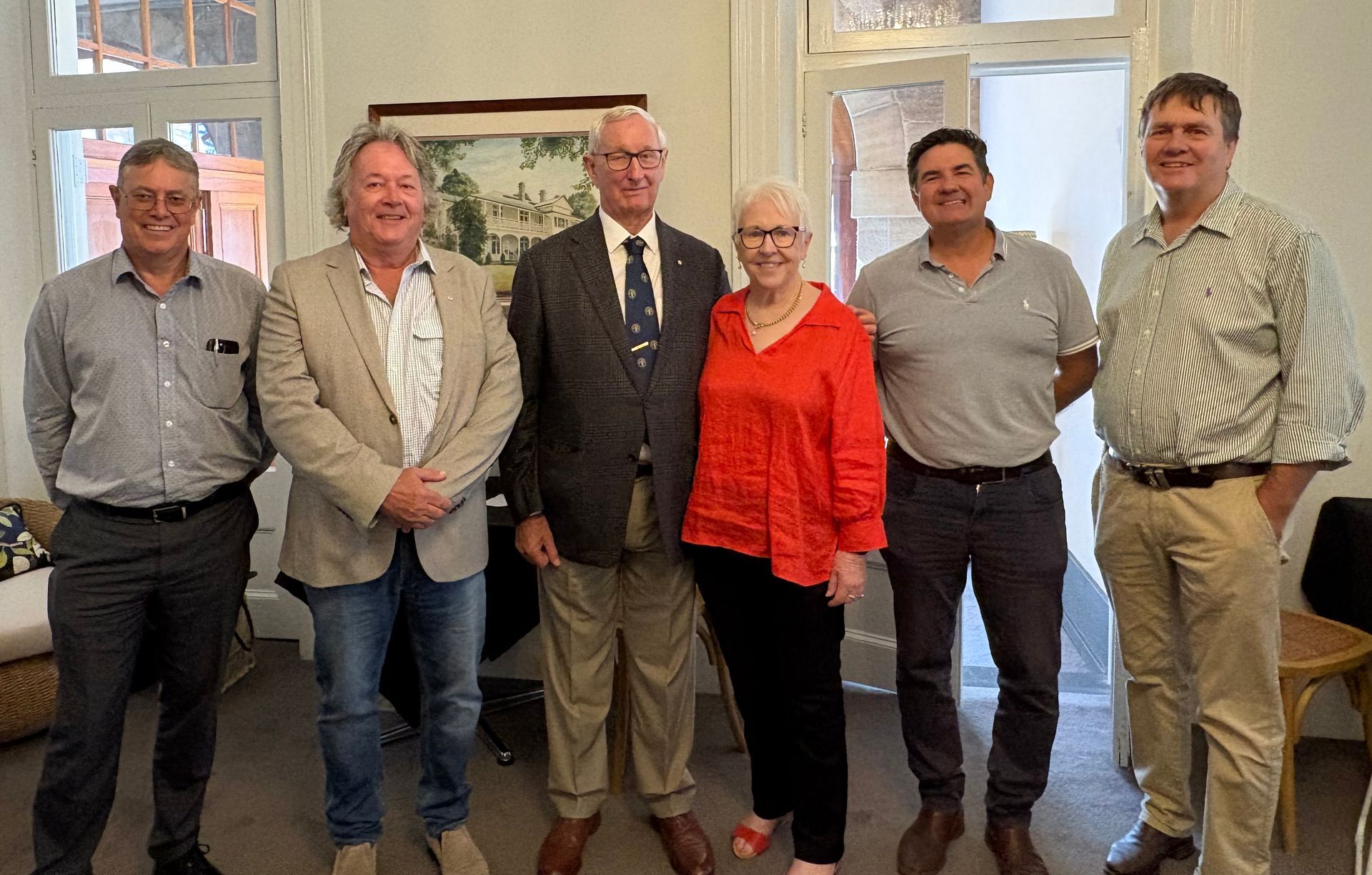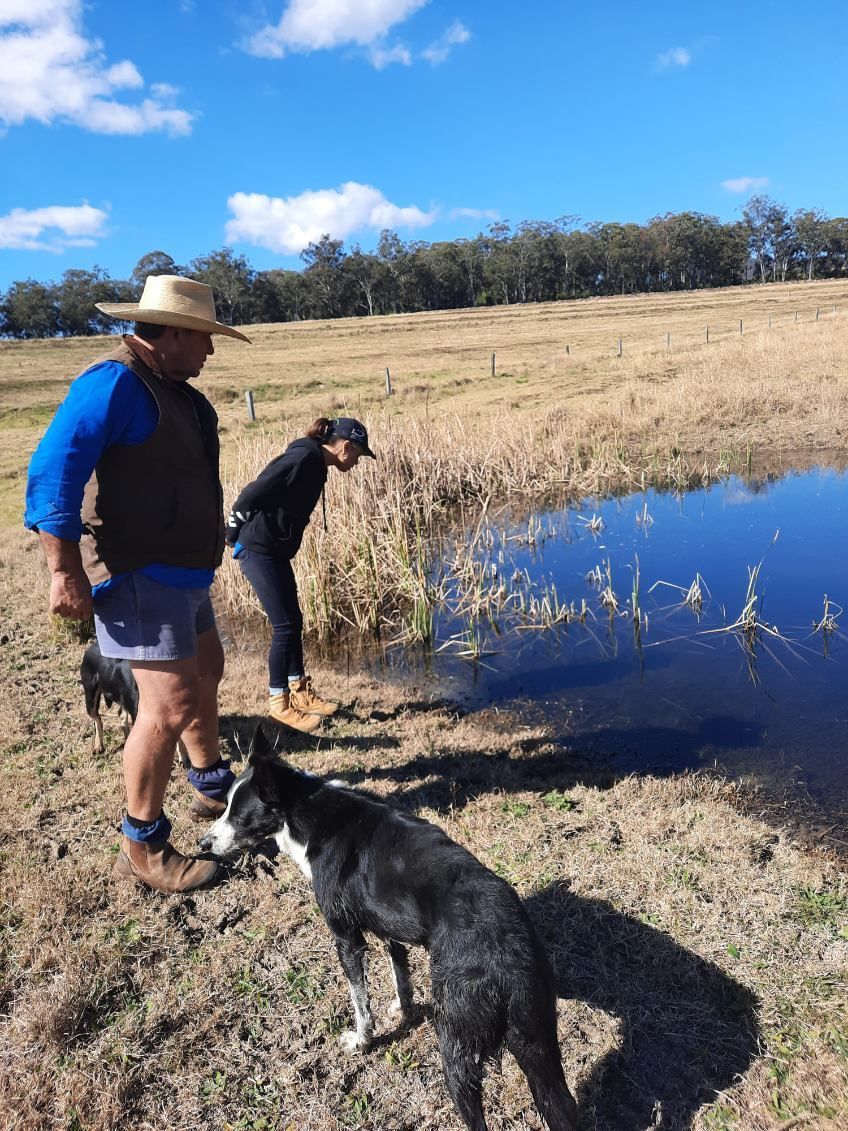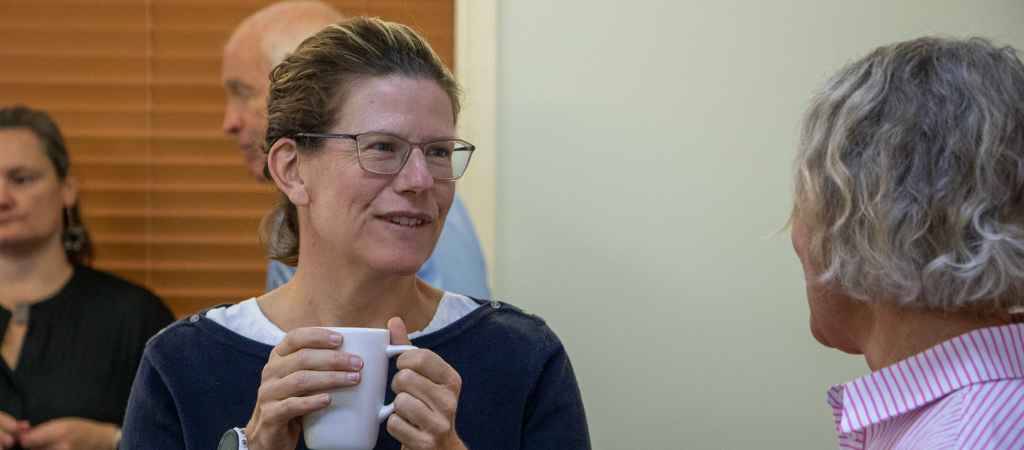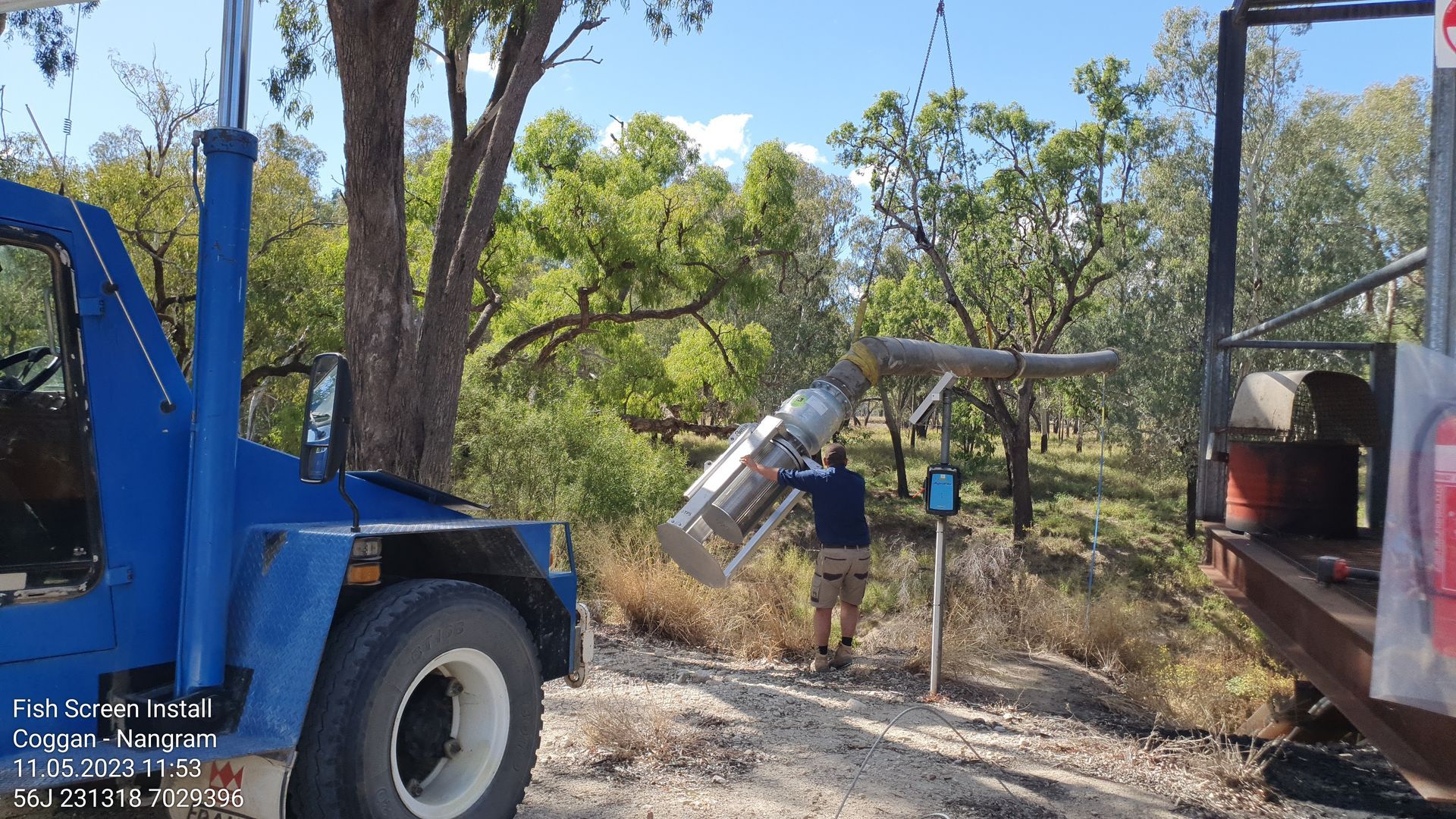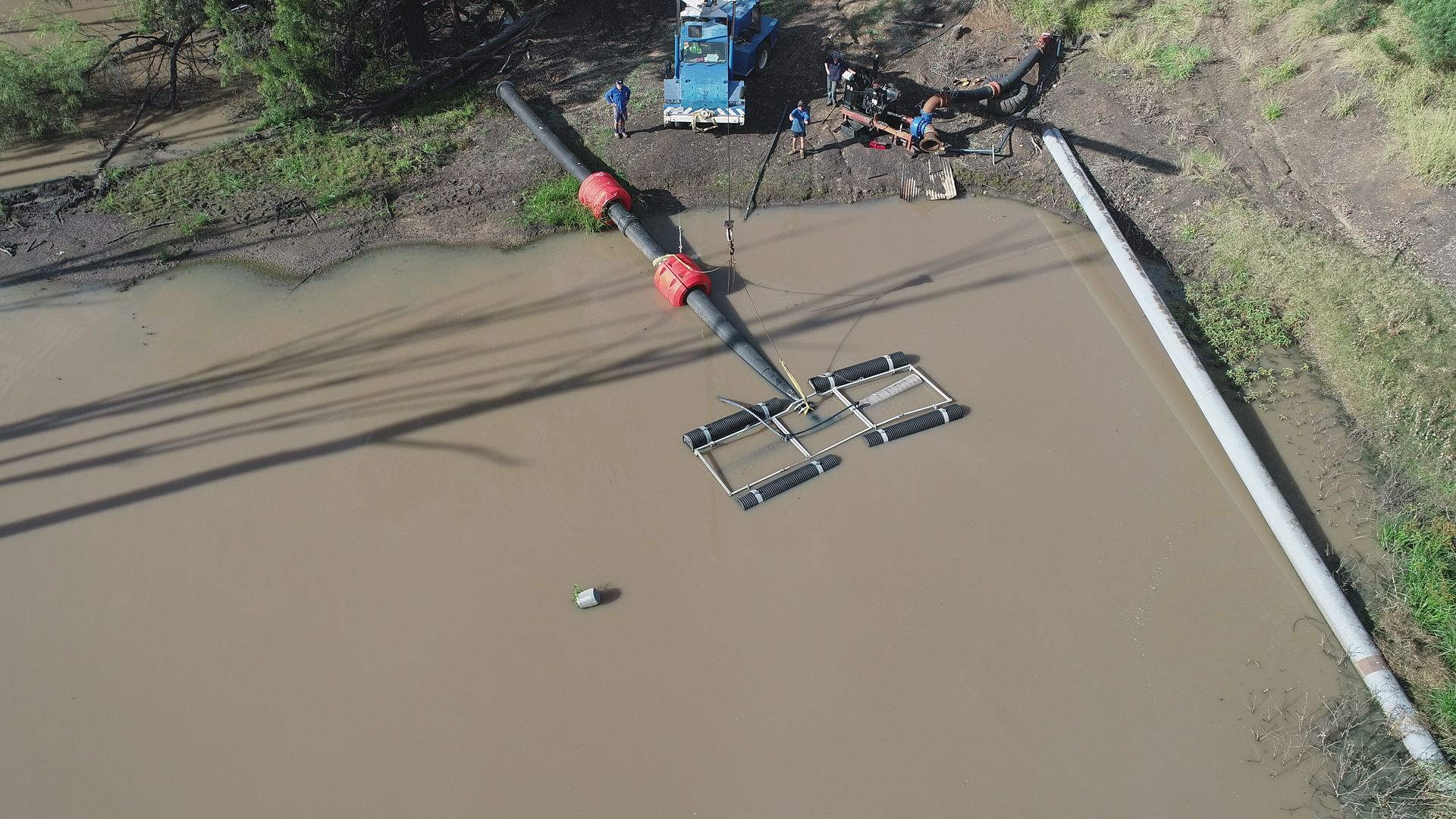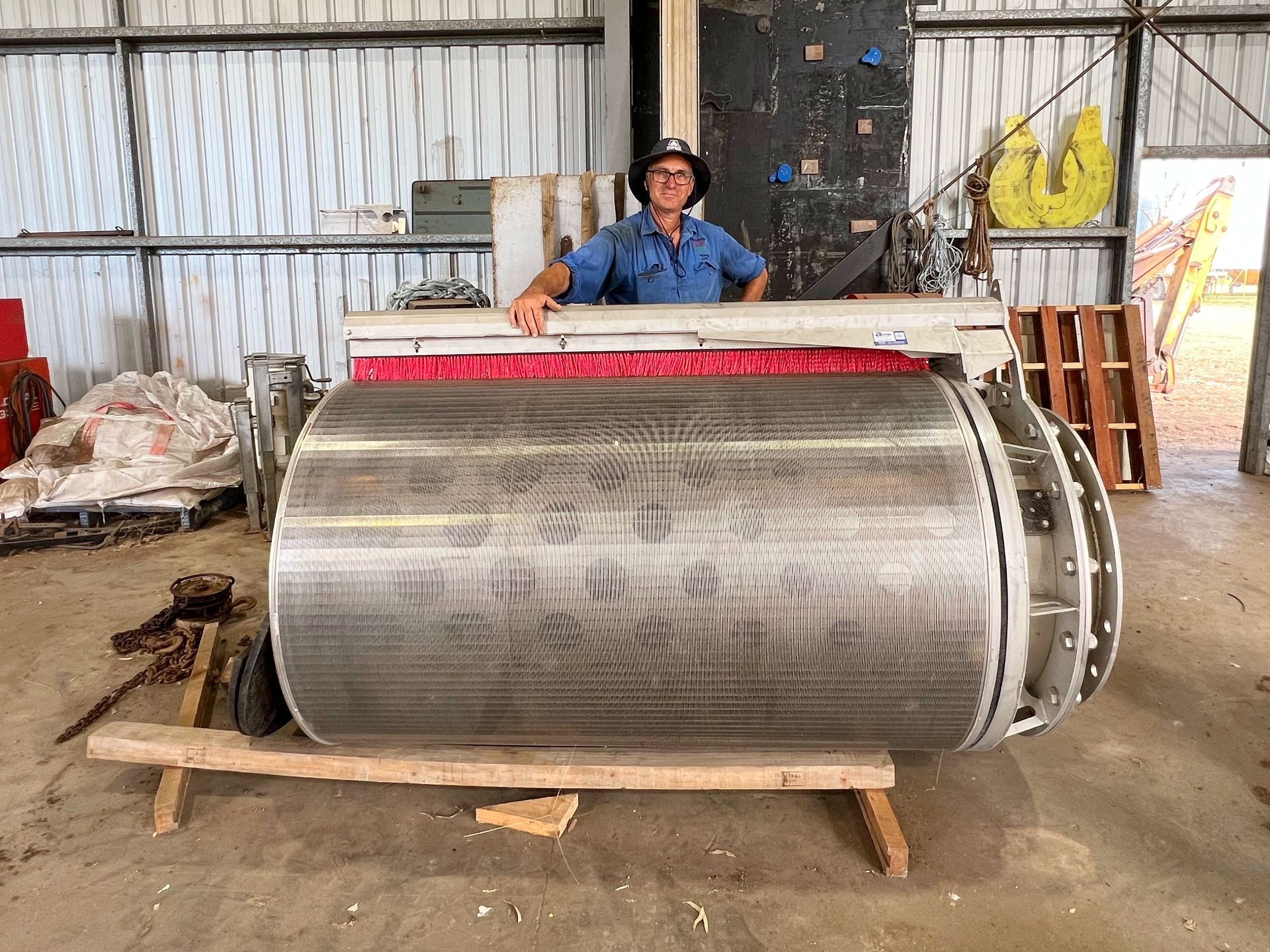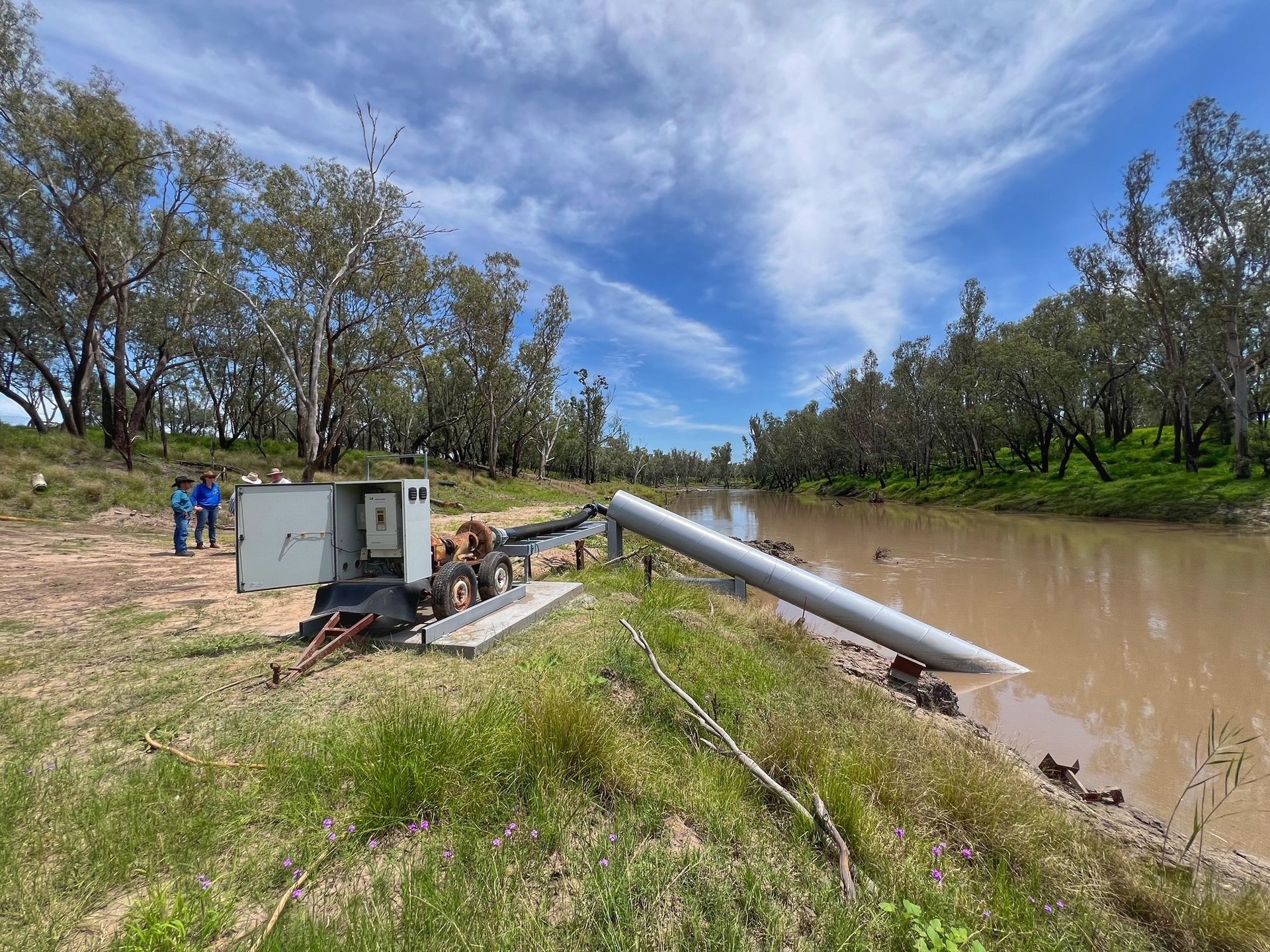Some of Queensland’s most productive, fragile and environmentally significant landscapes have been bolstered under a State Government program to improve the functionality and resilience of natural resources, regional communities and the economy.
The Natural Resources Investment Program (NRIP) has seen more than $3.3 million invested in Southern Queensland since 2018; with protecting and enhancing key soil, water and vegetation assets top priorities.
Natural resource management group Southern Queensland Landscapes rolled out the project on behalf of the State Government.
Coordinator Business Delivery Andrew McCartney said soil health, water quality and native vegetation conditions throughout the region have been impacted by poor grazing practices, soil erosion, inappropriate fire regimes, invasive species and unmanaged threats to vegetation.
“The project has supported land managers to address these issues and improve the functionality and resilience of natural assets and the local communities and economies that depend on them; and what’s been achieved in collaboration with land managers right throughout Southern Queensland is something this community can be very proud of,” Andrew McCartney said.
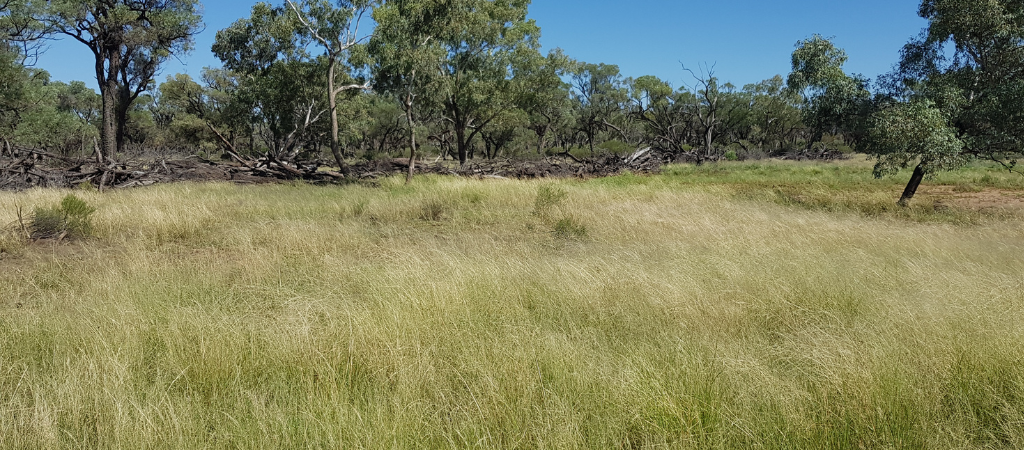
A floodplain on 'Wandilla' Station after rehydration work on the property.
“During the four year program 48 workshops were held with more than 1,200 land managers attending; a further 141 on-farm projects were implemented across 120 properties and this resulted in more than 233,181 hectares of land being improved, 53,062 hectares mitigated of weeds and invasive species; plus another 9,340 hectares tackled erosion issues,” Mr McCartney said.
“Project monitoring also saw more than 348 Land Condition Assessment Tool (LCAT) and Biodiversity Condition Assessment Tool (BioCat) surveys finalised which really allowed us as project managers to see the improvements that were being made to the landscape through on-ground works, as well as record the current condition of these landscapes for future reference,” he said.
“The overall result was that Queensland Government’s investment in this project has been a resounding success; with the significant footprint of on-ground works benefiting the broader landscapes, important and mutually beneficial relationships fostered, and knowledge increased to help guide land management decisions and practices into the future.”
Lead Project Delivery Natasha Mylonas said the scope of the program was very broad with a variety of different activities captured.

"The overall result was that Queensland Government's investment in this project has been a resounding success," said Andrew McCartney.
“Fourteen projects were dedicated to grazing regime improvement, 10 to groundcover and pasture quality improvement, 4 to gully and erosion restoration, 31 to overland flow management, 11 to pest reduction, 8 to fencing riverbanks, 2 to soil enhancement, 4 to traditional burning and 53 projects were dedicated to weed reduction,” Natasha Mylonas said.
“So for projects like the ‘Mulga Park’ Rehydration Project, it restored landscape functionality through slowing and spreading water to assist with infiltration, promoting ground cover, diversifying plant growth and focusing on improving soil health the project was integral to this land manager preparing to maximise upcoming rain events and future proofing their business for the next dry period,” Ms Mylonas said.
“We also partnered with Queensland Parks & Wildlife Service and neighbours of Girraween National Park to tackle a Coolatai outbreak in and around the park. This project was not only important to land managers in the area and their businesses but also several rare and endangered species of plants in the parks which were under threat from potential fire risks associated with high fuel loads created by the invasive grass,” she said.
“And then there was the ‘Risdon Park’ Vegetation Fencing Project which focussed on addressing livestock impact on remnant woodlands. Fencing the area allowed the land manager to keep cattle out of the native woodlands to protect that ecosystem but in turn it also allowed the land manager to better control the movement of his livestock and strategically graze areas to reduce fuel loads and spell country when needed.”
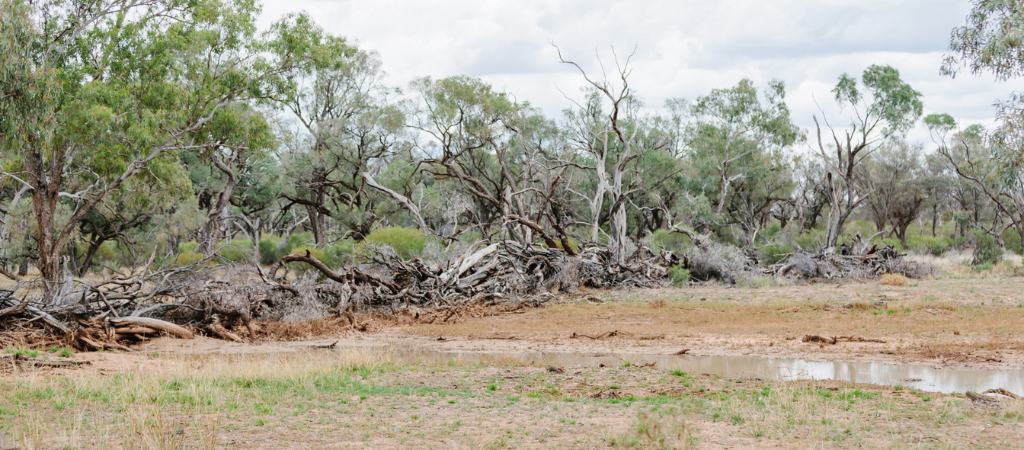
"So for projects like 'Mulga Park' Rehydration Project, it restored landscape functionality through slowing and spreading water to assist with the infiltration," said Natasha Mylonas.
Growth Facilitator Geoff Reid explained that collaboration with First Nations throughout the region has been fundamental to the success of the program.
“Reintroducing beneficial fire management as used by our First People’s for centuries has been integral to the improvements seen on Country right throughout Southern Queensland,” Geoff Reid said.
“The in-person support of First Nation practitioners, initially in small areas of on-ground works, has been essential to building the capacity and confidence of land managers, as uninformed use of fire presents a high level of risk,” Mr Reid said.
“While many land managers have extensive experience in using fire to reduce fuel loads, applying fire for land management outcomes is a completely different paradigm and requires a shift in thinking as well as significant levels of training to realise the benefits,” he said.
“It was great to see a real wave of interest and adoption of cool burning as a management tool through the projects and knowledge sharing achieved under the NRIP program.”
Southern Queensland Landscapes has been honoured to work with the State Government and land managers throughout the region to drive these results and we look forward to working with them again to continue the good work into the future.
